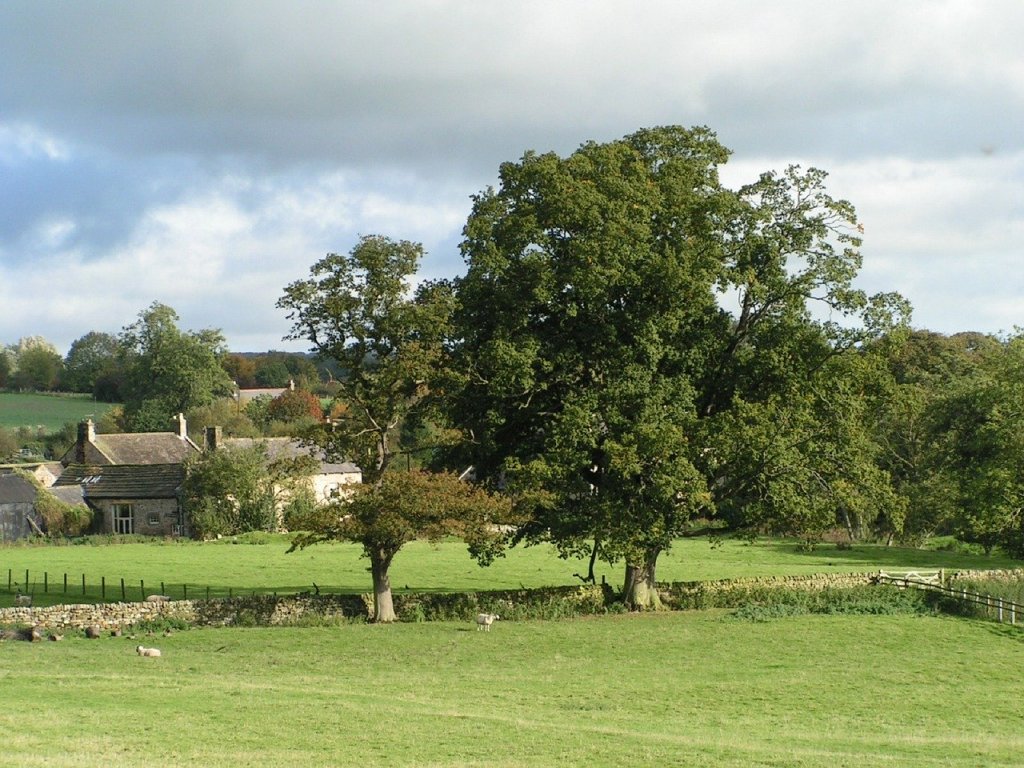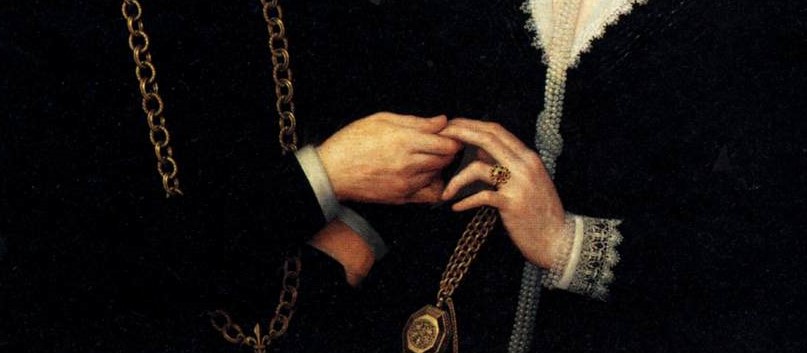
Even after finding a woman to his liking and convincing her, and her family, to accept his suit, there were still potential stumbling blocks in the way of a man intent on marriage. Before the betrothal, there were financial matters to be settled – dowry, jointure and how the couple were to fund their future life together. These financial arrangements could be immensely complicated or quite simple depending on the status and wealth of the parties involved.
No matter what her degree, a young woman was expected to bring to a marriage something of value beyond herself and her skills in household management – her dowry, often referred to in this period as her ‘portion’. The dowry was intended to secure financial support for a woman if her husband died first. Usually, among the landed classes, this would be property and an amount of cash. The cash would be paid either as a lump sum or in instalments over time. Lower down the social scale it could include moveable goods and livestock. The 1549 will of Thomas Pyrkyne of Chislet, Kent specified that all the items his wife Agnes had brought with her at the time of her marriage (her dowry) should be returned to her, including ‘bedding, brass and pewter, brewing vessel, pair of almaine rivetts, a great cupboard and all her chests’. Occasionally, even at lower levels of society, goods included silver items such as spoons. (1)
A substantial dowry made a young woman a more attractive marriage prospect. Parents provided the bulk of the dowry but the extended family, friends and even masters and mistresses assisted. Provision for dowries was sometimes made in wills, often with the condition that the young woman marry according to the wishes of her family, receiving a lesser amount, or nothing at all, if she did not. In the early 17th century Richard Manningham (father of diarist John Manningham) left £10 in his will to the daughter of a friend and the more generous 20 marks to a maidservant to assist with their dowries. (2) A young woman who married without her father’s consent was unlikely to receive any dowry.
Failure to provide a dowry that met with the expectations of the intended groom and his family could result in the marriage not progressing. In 1564, in the Canterbury diocese, when Edward Laurence was considering marriage to Helen Cocke, he required a dowry of £30-£40 of her father. As Helen’s father was unable to pay the amount, Lawrence decided not to persist with his suit.(3)
Payment of the dowry entitled the woman to dower rights. Under English Common law, a third of a man’s estate passed to his widow when he died for the period of her widowhood, either her lifetime or until she remarried. Increasingly through the 16th century there was a move away from dower rights to jointure which allowed the couple to tailor rights to property to their individual situation. The jointure ensured that a widow received financial support after her husband’s death and could be a lump sum, a share of her husband’s property or an annuity derived from it. While widows earned income from jointure land, they did not own them.(4) The jointure was meant to be of a level commensurate with the dowry brought to the marriage. It could be set at a higher level than a woman would receive through dower rights though more often it was less. Generous husbands, in the latter part of the century, could leave freehold property to their wives. Many considered this inadvisable as it meant, ultimately, that another man would benefit from the first husband’s wealth. Sir Walter Raleigh’s advice to his son was to ‘not leave to be a shame unto thee … but what she may live according to thy estate … but leave thy estate to thy house and children … [for] wives were ordained to continue the generations of men, not to transfer them and diminish them’.(5)
When a widow contemplating remarriage brought with her property settled on her by her first husband, she needed to ensure that the children of her previous husband were adequately provided for. In such cases the new groom would be pressed to undertake to pay the portions of his wife’s children. In 1554-5, again in the Canterbury diocese, Thomasine Adams agreed to marry John Holbein on the condition that he make her a jointure of all her father’s lands that she brought with her, and give each of her children a portion of £16 13s 4d ‘at such convenient time as she require’.(6) Discussions over financial settlements for children of the bride could delay or even derail proposed marriages.

Parties to marriage negotiations needed to determine that they were not being misled about wealth of the other party and would thoroughly inspect the properties in question. In the 1560s, Juliane Barnes went with her stepfather and her master and mistress to the house of Steven Bridgeman about a week before the financial agreement was finally settled and promises to marry made. There she ‘with her frends did peruse his house, lands, cattall and goods’.(7)
When members of the propertied classes married, the settlements were drawn up by lawyers and signed and witnessed. As well setting out the dowry to be brought to the marriage by the bride, the jointure she would receive to support her after the death of her husband they often included details of both the financial settlement the couple could expect from the husband’s family to maintain their daily living and what he would inherit on his father’s death.(8)
No matter what their degree, few of those marrying in the 16th century would have come to marriage without some contribution whether it was a small sum of cash, household furniture, linen, chests or livestock.(9) The intention was to draw together resources so that the couple marrying could live together in the manner to which they were accustomed.

While for us marriage is a dream of romantic love that, hopefully, will survive the vicissitudes of life, for those in the early modern period, while affection played a part, economic considerations were paramount The contemporary proverb had the realistic view that he ‘who marries for love without money has good nights and sorry days’.(10)
____________________________________
(1) O’Hara, Diana. Courtship and Constraint: Rethinking the Making of Marriage in Tudor England. Manchester University Press, 2003. p.199
(2) Cook, Ann Jennalie. Making a Match: Courtship in Shakespeare and his Society. Princeton University Press, 1991. p.128
(3) O’Hara, p.223
(4) Cook, p.122-3
(5) Cook, p.124 Quotationfrom Sir Walter Raleighs instructions to his sonne and to posterity (written during his period of imprisonment in the Tower of London from 1603 to 1616 but was not published until 1632)
(6) O’Hara, pp.221-2
(7) O’Hara, p.223
(8) Cook, p.121
(9) O’Hara, pp.199-201
(10) Cook, p.124
Second, and third, marriages must have caused all kinds of problems for mothers who had inherited and their new husbands. I can see why they would need to spend time going into the financial details.
LikeLiked by 1 person
They were often quite hard-headed when it came to the financial arrangements, with good reason. I imagine the Elizabethans would scratch their heads at our modern approach to marriage where something like a pre-nuptial agreement is seen as as having a lack of faith in the marriage from the start.
When I was in my early teens, in the late 1960s, there were a handful of older girls who were just as hard-headed, weighing up potential boyfriends for their steadiness, sobriety and whether they would be good providers. No doubt something that had been drummed into them by mothers. An interesting hang-over from the past I suppose.
LikeLiked by 1 person
Sometimes I think it’s a lot more sensible than what we tend to do. It was definitely sensible to get it all worked out in advance in an age where life was much more precarious than it is now and older husbands were likely to die long before their young wifes.
LikeLiked by 1 person
in this by Catherine Meyrick, can I have the page numbers.
LikeLiked by 1 person
The page numbers are listed in the references.
LikeLike